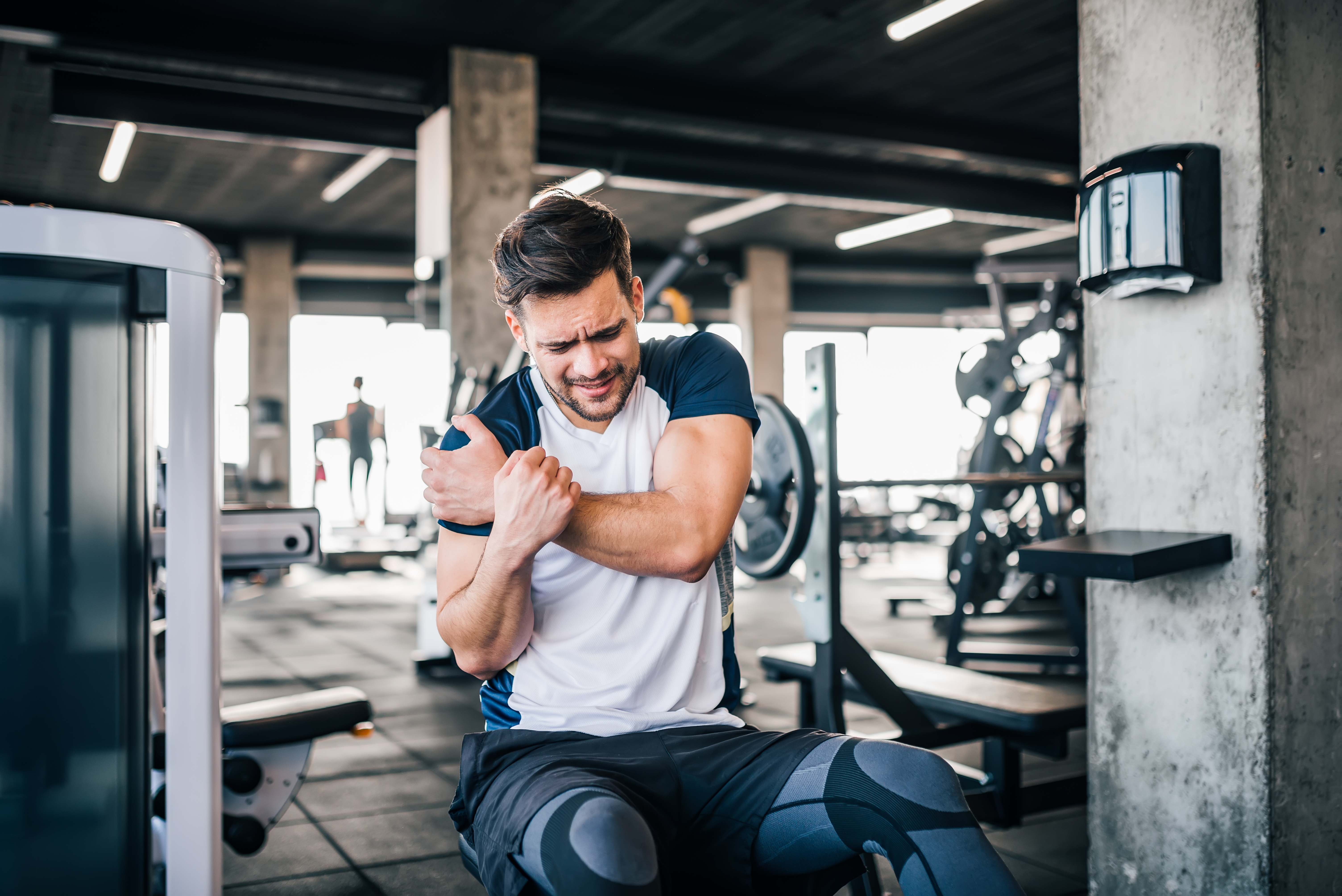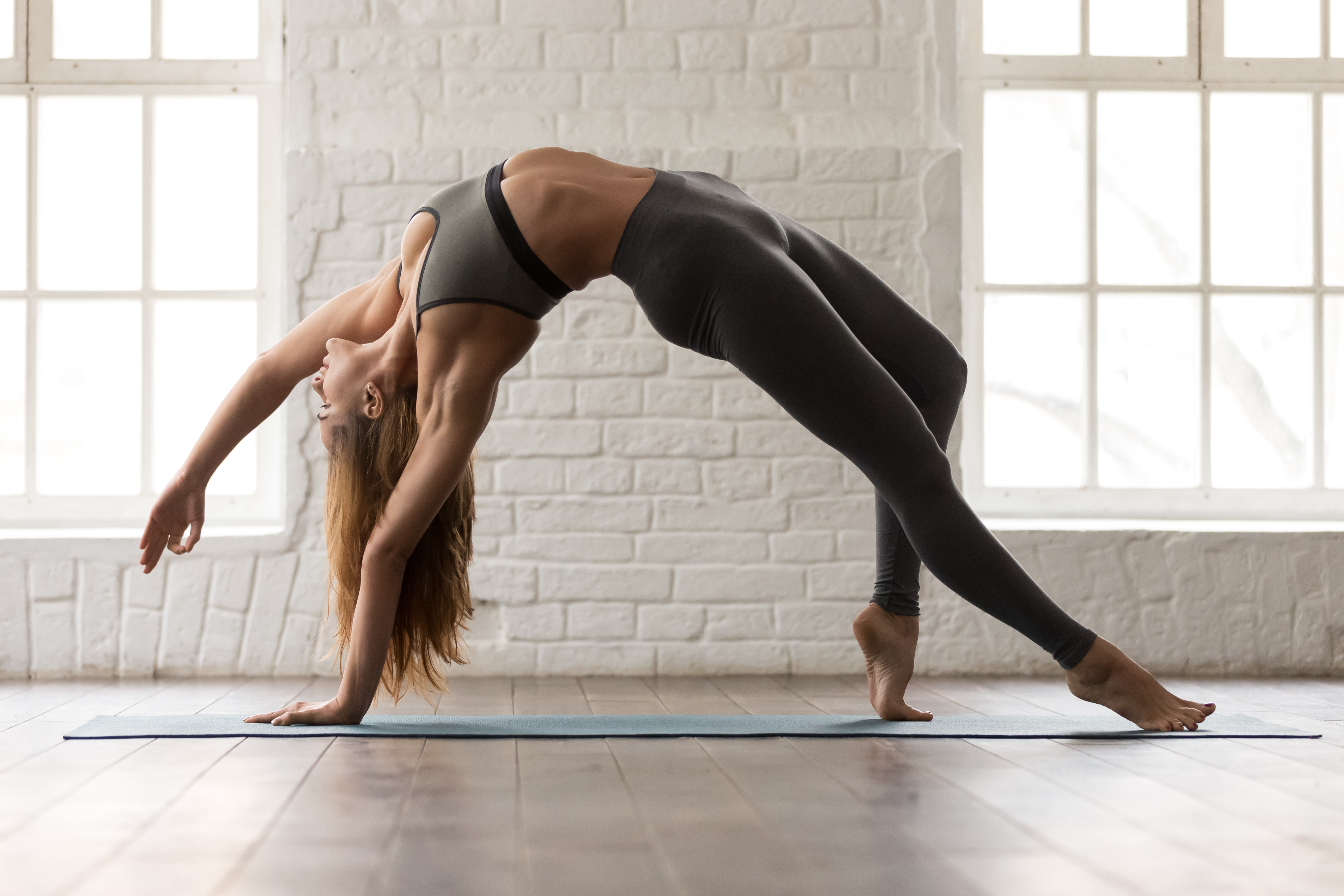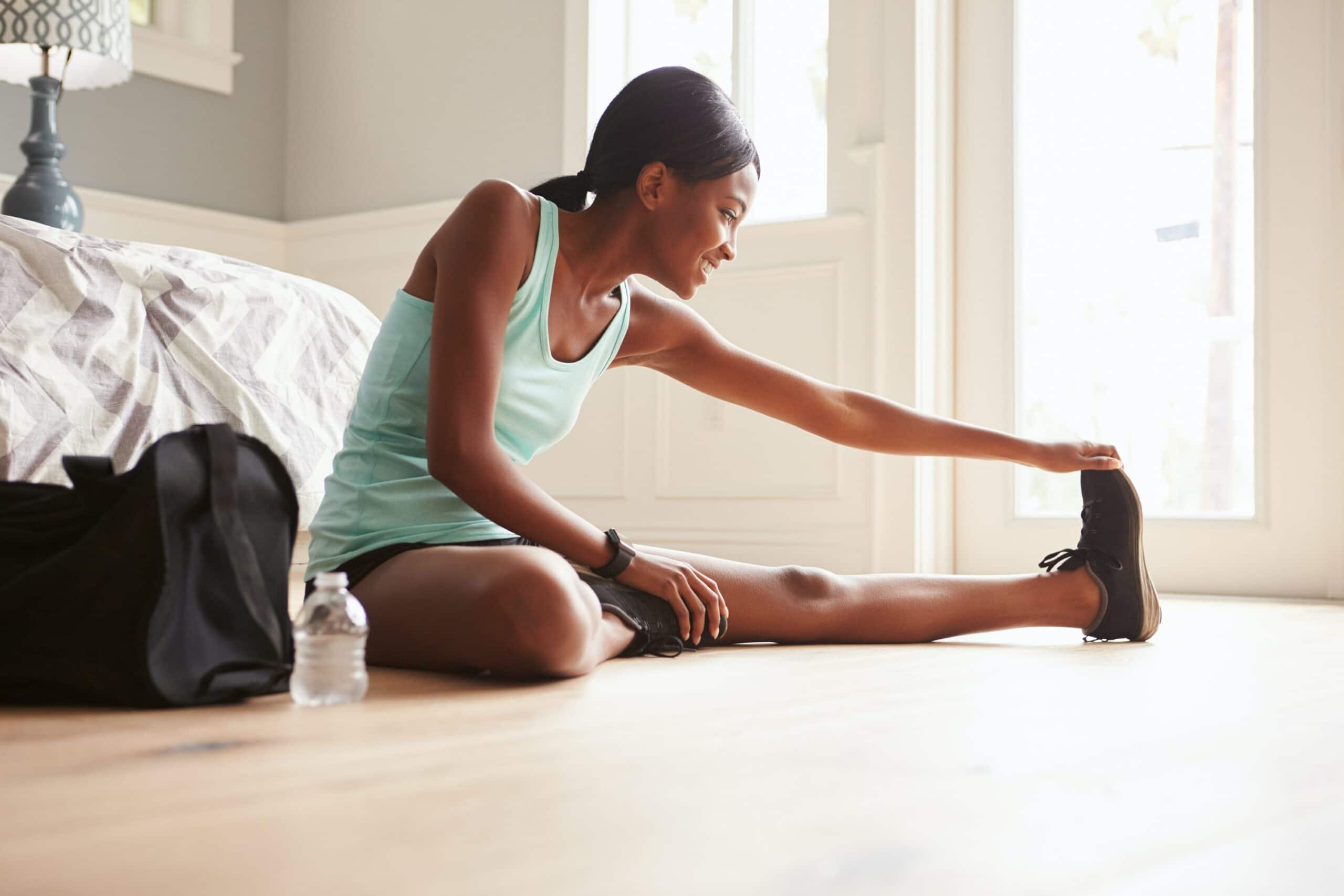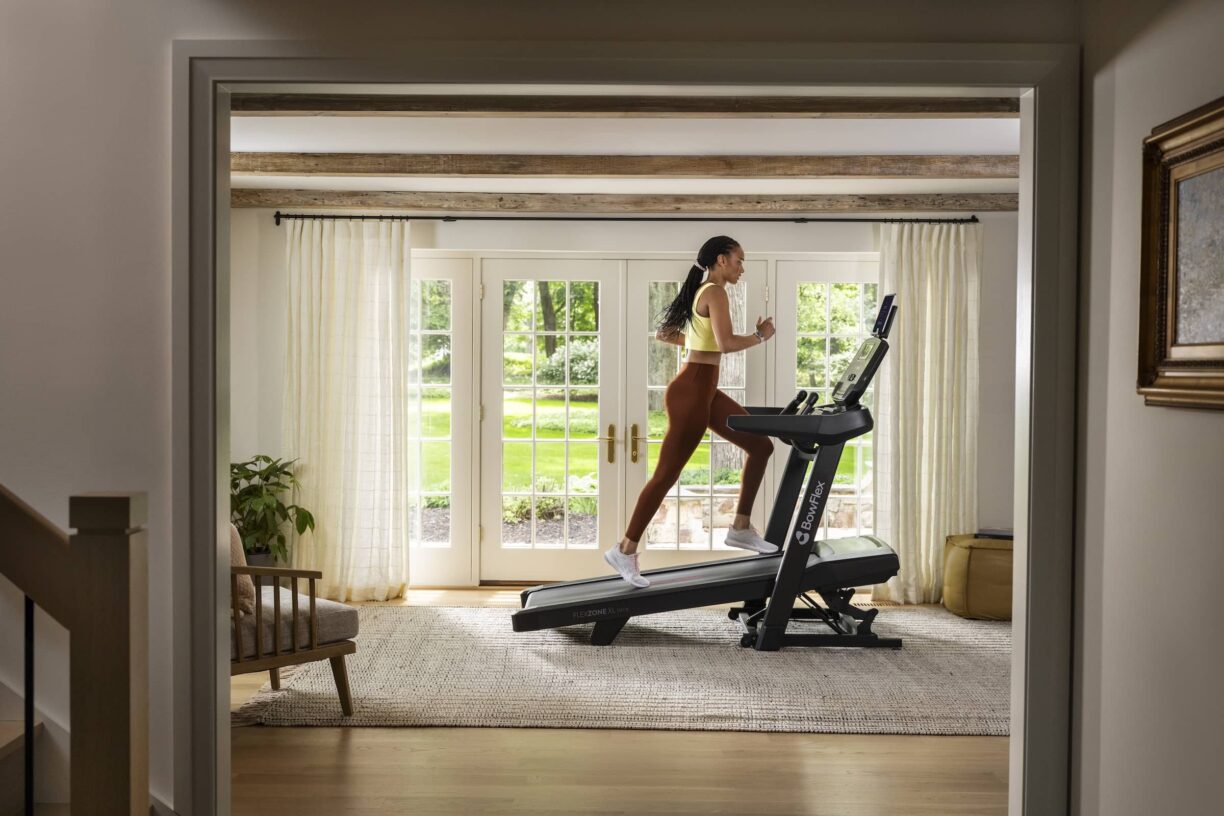If you’re looking to get stronger, leaner and fitter, it’s easy to believe the fastest way to see results is to go hard with your exercise – as often as possible.
But there’s growing emphasis on how what you do outside of the gym is just as important as time spent sweating and racking up reps.
Recovery isn’t a new concept, of course – but thanks to the rise of high-intensity workouts, the term has become a lot more sophisticated than just taking a day to lie on the sofa and catch up on Netflix.
There’s now a growing trend for supercharging your rest days with dedicated gym classes, gadgets and techniques designed to help you recover better and faster.

Here, I take a closer look at what it all means…
Why is recovery important?
“I always tell my clients that recovery is important to build into any exercise regime,” says Jake Roston, a trainer from PureGym. “It’s the time the body takes to adapt to the stresses of exercise, replenish energy stores and repair damaged muscle tissue.”
Roston explains that when we workout, we make minute tears in our muscle tissue, which is how we get stronger. “During recovery, the body repairs these tears, making them more resilient to future exercise,” he says. “Without physical therapy though, you’d continue to rupture your muscle, which can eventually result in injury.”

There are other negative effects to not recovering properly too. “If you’re not employing proper recovery strategies, you may see sub-optimal results from your training and slower progress,” says Elliott Upton, senior personal trainer at Ultimate Performance. “Lack of proper rest can also impact your immune system, your susceptibility to illness, your mood and your sleep too.
“It’s important to remember that you do not adapt and grow during your workout, you adapt and grow when you recover,” adds Upton, who explains that for many people who like to push themselves, the problem “is not over-training, it is actually under-recovering”.
How much rest and recovery is required?
As a general rule of thumb, Roston says average muscle recovery normally takes between 24-48 hours.
“Many people can suffer from DOMS (delayed onset muscle soreness) for up to 48 hours after a hard workout,” says Upton, especially if you’re new to exercise, have had a long period off or are starting a new training cycle.
If you’re finding the soreness is lingering for four to five days after though, he warns that you may be training with too much volume and intensity.

Rest and recovery doesn’t just mean doing nothing, though. “Fitness recovery can take many forms, such as stretching, yoga, foam-rolling or even focusing on your post-workout nutrition,” says Dave Mercer, a personal trainer at Nuffield Health.
Upton agrees that “nutrition is really key – and following a high-protein diet is important for anyone who trains hard. Protein’s primary role in the body is growth and repair, and this can help to minimise muscle soreness after a workout,” he adds.
Upton always recommends that his clients set up their diet to help combat inflammation, and advises avoiding foods that put the body in a pro-inflammatory state.
“In an inflamed state, it’s not only the risk of injury that increases but the time taken to recover too,” he says. “Eating a diet rich in green vegetables and essential fats containing anti-inflammatory omega-3s, like oily fish, whilst limiting overly-processed foods is a good rule to follow when looking to reduce inflammation.

“Foods that are pro-inflammatory include refined sugar, alcohol, trans and hydrogenated fats, pro-inflammatory omega-6 fats like seed and vegetable oils.”
He also recommends getting a few early nights too: “Sleep is the best free recovery and performance-enhancing tool in your arsenal. It’s the body’s way of recharging our batteries, recovering our energy and regenerating our cells.”
The ideal bedtime routine? He suggests having an Epsom salt bath, avoiding screens for an hour before bed, sleeping in a silent and pitch-black room where possible, and turning off all electrical devices around you.
‘Active recovery’ is also a thing
“Staying active, moving your body and using your muscles is important, even when you are recovering,” says Upton, referring to ‘active recovery’.
This essentially means undertaking low-intensity exercise between heavier workouts, which Upton says can help pain by promoting better blood-flow and nutrient delivery into areas that are sore.
“Types of active recovery that are low-impact and not overly taxing on your body can be things like a gentle walk, swim or bike ride, or even yoga. Massage or using a foam roller can help increase circulation and nutrient delivery while ‘breaking down’ tightly-bound muscles,” he adds.

Thanks to a rising demand for recovery solutions from gym-goers, studios are now scheduling dedicated classes that guide people through the process.
For instance, cult studio Barrecore, which has studios in London, Manchester and Bristol, now has a 45-minute ‘stretch’ class which utilises myofascial release techniques to release muscle tension, alongside their usual high-intensity ballet classes.
Other gyms, like No1 Fitness in London’s Tower Bridge, have their own dedicated recovery lounges. The lounge has all kinds of gadgets to help speed up the repair process, such as NormaTec’s compression stockings that are designed to boost circulation post-workout.
The high-tech boots, which are slipped onto the feet and legs, utilise compressed air to massage limbs and mobilise fluid.
Even our workout gear is getting in on the recharge game. UnderArmour’s latest recovery range, which includes zip jackets, travel trousers and T-shirts (prices from £45, underarmour.co.uk), is made with mineral-lined fabric that’s designed to reflect infrared light back to your body, which UA claim helps restore muscles faster.
Recovery isn’t just for the body though – rest days are important for mental health too. The boom of the franchise and independent studios focusing on relaxation and recovery is not a coincidence, like meditation studio Re:Mind, which offers PAYG breathing and mindfulness classes.
The studio is part of fitness membership ClassPass’ offering, so HIIT lovers can hit up a recovery class alongside their usual training programme.
“The growth of the health, fitness and wellness industry in recent years has been instrumental in getting people to sit up and pay more attention to recovery as part of a greater appreciation of our health,” explains Ben McNamara, community manager at Theragun.
Theragun is a vibrating pro-therapy tool that uses ‘percussive therapy’ to treat stiff muscles and banish pain. You run the massage head of the £375 G3 device along your body, so it can eke out knots, cramps and spasms.
The idea is that it’s portable enough to throw in your gym bag so you can get the effect of a deep-tissue massage on the go. Soon, the brand hopes to have the guns set up in boutique studios, so gym-goers can get a quick self-massage in before hitting the showers.
“It’s no secret we’re living in an increasingly time-poor society, where people are often confined to a desk, day in, day out, and that’s only exacerbated the need for proper recovery,” says McNamara.
Whether you’re training for a dedicated fitness goal, or just getting into the workout game, the time to take your recovery seriously is now.





